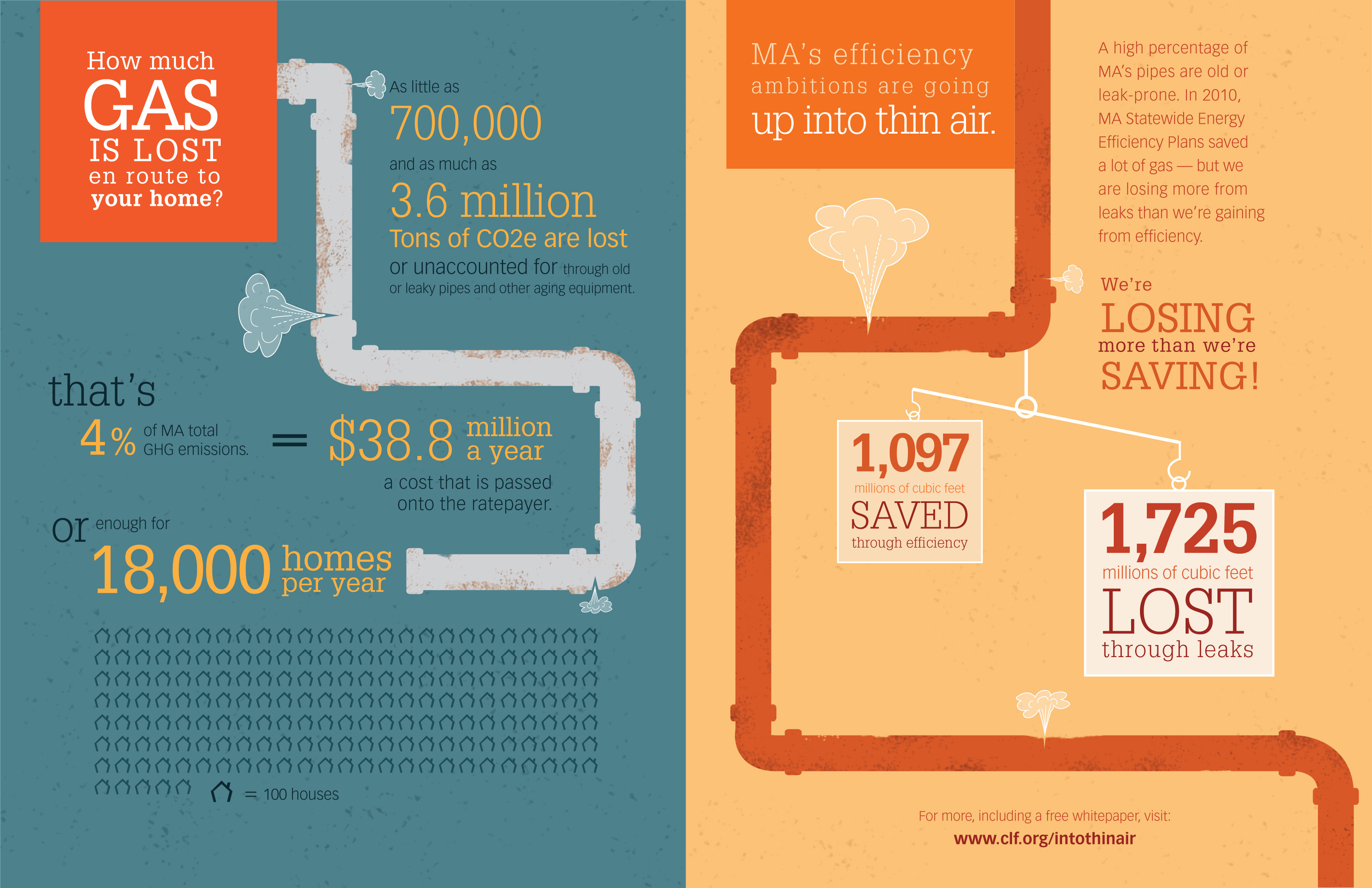Solar Energy Vs. Traditional Power Sources: A Detailed Comparison
Solar Energy Vs. Traditional Power Sources: A Detailed Comparison
Blog Article
Material By-Cain Ploug
When examining the feasibility of solar energy versus traditional energy sources, you might find yourself considering the long-term sustainability and influence on your financial resources. The complex balance between initial expenses, continuous costs, and ecological effects increases crucial questions regarding the future of power generation. As you navigate via the intricacies of this contrast, a much deeper understanding of the nuances in cost-effectiveness, ecological stewardship, and energy safety and security waits for exploration.
Cost-Effectiveness Contrast
When contrasting the cost-effectiveness of solar energy with typical power sources, it becomes evident that initial investment differences play a pivotal role in figuring out lasting savings.
While solar power systems call for a higher in advance financial investment for installment and equipment, they use significant long-term advantages that can surpass the first costs. The key hinge on recognizing that solar energy systems have very little continuous functional and maintenance expenditures contrasted to conventional power sources like nonrenewable fuel sources.
By buying solar energy, you can potentially reduce utility bills over the system's lifespan. Furthermore, with advancements in innovation and lowering installation expenses, solar energy has actually become extra accessible and cost effective for homeowners and businesses alike. home solar installation can build up in time, offering a roi that exceeds traditional energy sources.
Moreover, solar power systems use the benefit of power independence and stability against fluctuating energy prices. By using the power of the sun, you add to a cleaner atmosphere and decrease your carbon impact. Accepting solar energy not just benefits your pocketbook but likewise the planet in the long run.
Environmental Impact Analysis
Solar power provides an appealing choice to typical energy sources due to its dramatically reduced environmental influence. Unlike nonrenewable fuel sources that give off hazardous greenhouse gases and add to air contamination, solar energy generates electricity without generating any emissions.
The process of taking advantage of solar energy involves recording sunlight with solar panels, which does not release any type of toxins into the environment. This lack of discharges helps reduce the carbon footprint related to power production, making solar energy a cleaner and extra sustainable option.
Additionally, using read the full info here adds to conservation efforts by decreasing the demand for limited resources like coal, oil, and natural gas. By relying upon the sunlight's bountiful and renewable energy source, we can help protect natural habitats, secure communities, and mitigate the negative influences of resource extraction.
Integrity and Power Landscape Analysis
For a comprehensive analysis of reliability and the energy landscape, it's important to evaluate exactly how solar energy compares to traditional resources. Solar power is gaining ground as a trusted and sustainable power source. While traditional resources like coal, oil, and gas have actually been historically leading, they're limited and add to ecological deterioration.
https://www.quickenloans.com/learn/is-solar-energy-renewable , on the other hand, is plentiful and renewable, making it a more lasting choice over time.
In terms of integrity, solar power can be dependent on weather conditions and sunlight accessibility. Nonetheless, average cost of residential solar panels in technology have led to the development of power storage services like batteries, improving the integrity of solar power systems. Traditional resources, as a matter of fact, are prone to price changes, geopolitical tensions, and supply chain interruptions, making them much less dependable in the long term.
When analyzing the power landscape, solar energy supplies decentralized power production, lowering transmission losses and raising energy safety. Traditional sources, with their central nuclear power plant, are much more at risk to disruptions and require considerable framework for distribution.
Verdict
In conclusion, when comparing solar energy to traditional power sources, it is clear that solar power uses a cost-efficient, eco-friendly, and dependable option. With minimal functional costs, potential savings on utility costs, and a dramatically reduced ecological impact, solar power is becoming a much more lasting and safe and secure option. Welcoming solar power can help reduce greenhouse gas exhausts and contribute to conservation initiatives, making it a compelling option for the future.
